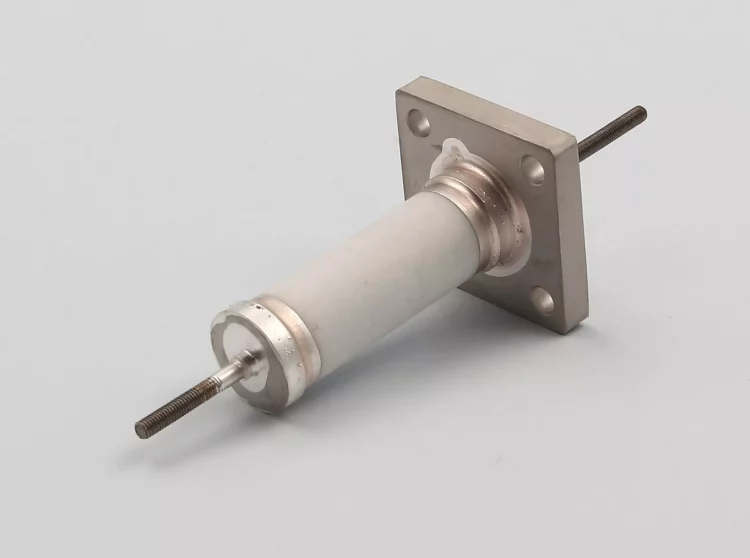Vacuum brazing is a highly specialized joining process employed across diverse industries, including aerospace, automotive, electronics, and medical devices. This technique facilitates the bonding of materials by utilizing a filler metal with a lower melting point than the base metals being joined. Unlike conventional brazing methods, vacuum brazing occurs within a controlled environment characterized by low atmospheric pressure, typically below atmospheric levels. This controlled environment prevents oxidation and contamination of the materials, ensuring clean, high-quality joints with excellent mechanical properties.
The vacuum brazing process begins with meticulous preparation, involving thorough cleaning of the surfaces to be joined to eliminate any contaminants or oxides. Subsequently, the components, along with the filler metal, are assembled and placed inside a vacuum furnace. The furnace is then evacuated to create the requisite low-pressure environment. Heating of the assembly follows, with precise temperature control to facilitate the melting and flow of the filler metal into the joint interfaces. The brazing occurs as the filler metal forms metallurgical bonds with the base materials, resulting in strong, durable joints.
Vacuum brazing finds extensive applications across various sectors, including aerospace, automotive, electronics, and medical devices. In the aerospace industry, it is utilized for manufacturing critical components like heat exchangers and turbine blades. Similarly, in the automotive sector, vacuum brazing is employed for producing radiators, oil coolers, and turbocharger assemblies. Furthermore, vacuum brazing is integral to the fabrication of electronic components such as microwave devices and vacuum tubes. Its significance extends to the medical field, where it is utilized in the production of implants, surgical instruments, and diagnostic equipment.
